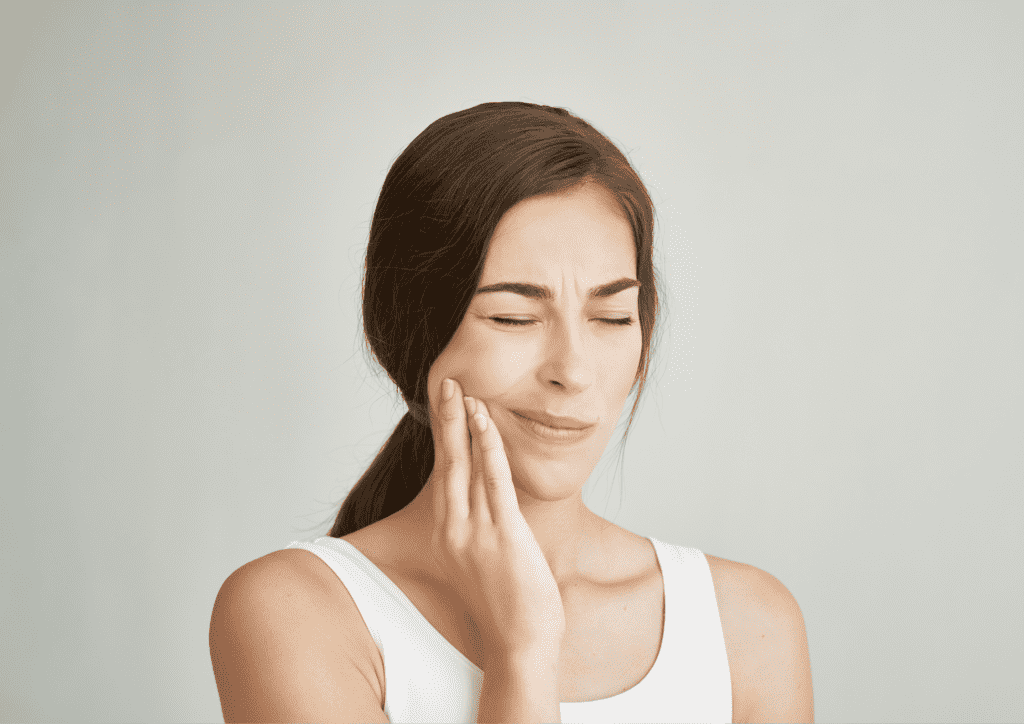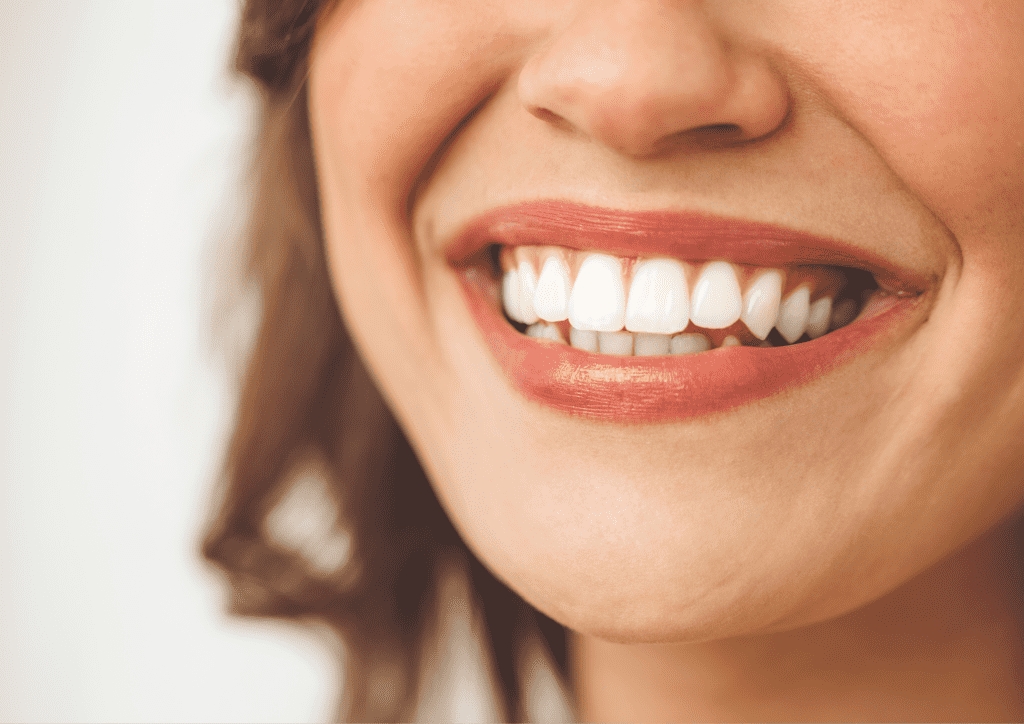Are you thinking about teeth straightening or other orthodontic work? Invisalign is a new option for people looking for a more aesthetic and comfortable solution to teeth straightening. However, which types of Invisalign will work best for you? While you need to speak to your dentist about the best treatment options, our helpful guide will support you in making those choices.
What is Invisalign?
When people have teeth straightened, they are probably most familiar with dental braces. Braces are metal or ceramic appliances temporarily glued onto individual teeth. Together with a sequence of wires, braces achieve teeth straightening over time and are very effective. The common downsides experienced by almost all patients with braces are inability to eat a normal diet, inability to clean efficiently, the discomfort associated with wires and braces poking into cheeks and lips, and last but not the least: how the braces look.
To mitigate some of the downsides of having braces, aligner technology arose around 20 years ago. And in this last decade demand for Invisalign has increased dramatically. In Australia, there are around 40,000 people using aligners each year. Invisalign is the trade name for a brand of clear aligners used in orthodontic work. They are thin, transparent trays designed to move teeth into their ideal positions. The aligners are aesthetically pleasing, can be removed when eating and brushing, and has proven to be very efficient in teeth straightening. So if you are unsure whether an orthodontic brace or a type of Invisalign treatment will work for you, make an appointment to see a dentist to discuss the options.
How Many Types of Invisalign Are There?
There are several different types of Invisalign aligners used for various purposes. Studies have shown that over half of Australians want to do something to improve the appearance of their teeth or smile. So what are the different types of Invisalign, and which is most appropriate for you?
Invisalign Comprehensive
Invisalign Comprehensive is a set of clear dental aligners that fit over the teeth and are used when several teeth need to be realigned. The aligners gradually shape teeth into position, which can take up to a year to two years to achieve. Each aligner is carefully positioned to apply the required pressure to achieve the necessary effects. Invisalign is only removed for cleaning, eating, or drinking. Some people also remove their brace when having a photo taken.
The aligners must be kept in place for 20-22 hours a day to be effective. You need to visit the dentist every 4-8 weeks to ensure the Invisalign works effectively. The Invisalign comprehensive package offers unlimited number of aligners and re-treatment within a 3 year period. There are reduced packages (Invisalign Moderate and Invisalign Lite) for cases requiring less number of aligners at reduced fees.
Invisalign Go
Among the different types of Invisalign is Invisalign Go. This type of aligner is designed to move anterior teeth only. These are great for simple teeth straightening cases. Examples include small gaps between teeth and mild overcrowding. Because these types of Invisalign treatments are less complicated, the time to achieve a result is less, usually around six to eight months. The aligners are changed every 7 – 10 days, and trays are removed for cleaning and eating. Another advantage of Invisalign Go is that it is cheaper than the other aligners.
Invisalign First
Invisalign First is designed for younger children with baby teeth still. The aligners are worn 5 – 7 days each and a variety of dental malocclusions could be resolved, such as crossbite, crowding, deep bite or open bites. If needed, the child could receive another phase of treatment with Invisalign Second once they have all their adult teeth and minor adjustment in their alignment is required.
Invisalign Teen
Having orthodontic work as a teenager is common. However, unsightly braces are often unwelcome in teens, especially when they are sensitive about their appearance. Invisalign Teen differs from traditional Invisalign aligners in that they could guide the erupting adult teeth into better positions. The aligners are once again custom-made and fitted over the teeth to exert pressure, leading to movement. Another advantage of Invisalign for teens, apart from the aesthetics, is that they can eat anything and can continue their normal oral hygiene practices. How to Choose the Right Kind of Invisalign
Although you may know the type of Invisalign you would like, the only accurate way to get the correct treatment is to see a dentist. The dentist will do a 3D scan to examine and measure gaps or overcrowding and decide which treatment is the best option. They also follow through with a course of assessments to ensure the Invisalign is working correctly. Your dentist will also advise you if more complex work is required where Invisalign would not be appropriate.If you want to improve the appearance of your teeth and want to discuss the types of Invisalign with a dentist, call us today. We can help you decide the best course of action for your oral care.














